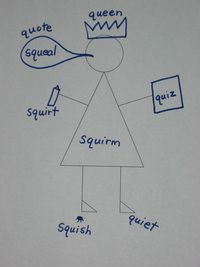
Memory researchers tell us that it is easier to retain semantic information when it is linked to unusual locations. This strategy, Vocabulary Shapes, capitalizes on that by linking spelling or vocabulary words to a simple shape. I have used it with elementary, middle and high school students as a simple, no-prep strategy.
Play this short Educreations video to see how easy this is - and then try it tomorrow with any vocabulary terms you are teaching!
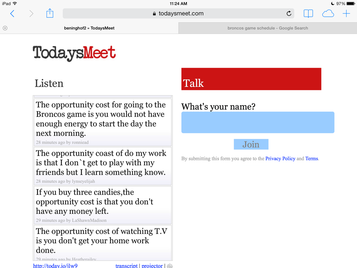
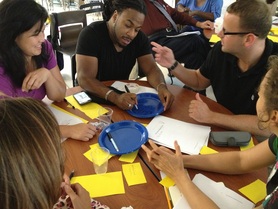
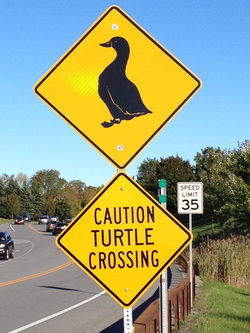
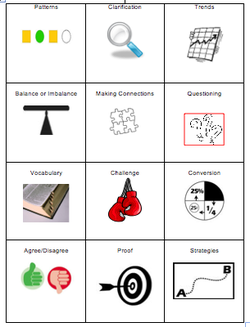

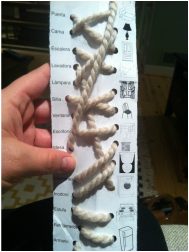

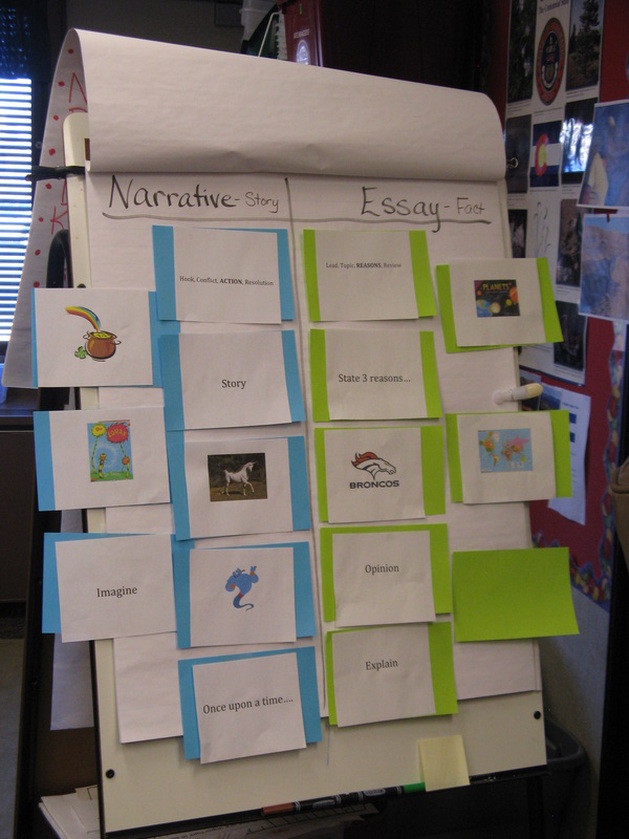
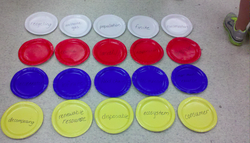
 RSS Feed
RSS Feed